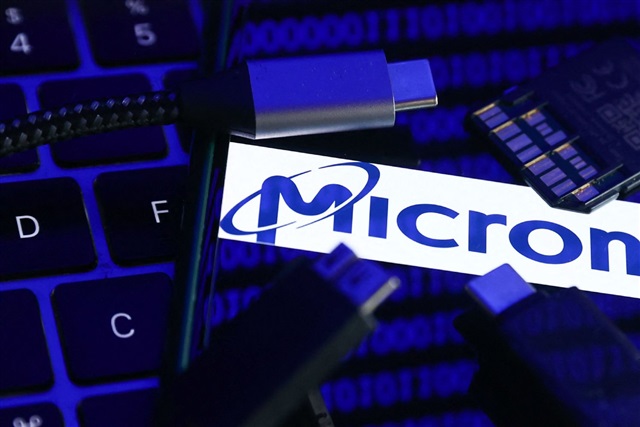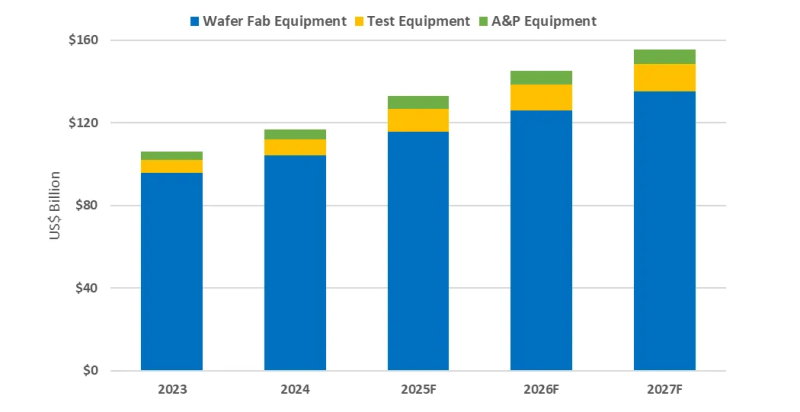
According to a press release on June 10, Micron Technology announced it has begun shipping samples of its 36GB HBM4 with 12-high stacking to multiple customers. The new memory is built on Micron's 1-beta DRAM process and features a 2048-bit interface capable of exceeding 2.0 TB/s per stack — more than a 60% performance improvement over its predecessor.
Micron said HBM4 is designed for seamless integration into next-generation AI systems, particularly for workloads such as large language models and reasoning tasks in data centers. The company emphasized improved inference performance and energy efficiency, claiming over 20% better power efficiency compared to its previous HBM3E products.
The new HBM4 samples also include an enhanced memory built-in self-test (MBIST) feature and are constructed using Micron's advanced 12-high packaging technology.
Micron plans to begin volume production of HBM4 in 2026 to align with the ramp-up of its customers' next-generation AI platforms.
HBM4 competition intensifies
The race to lead in HBM4 technology is heating up as Samsung Electronics, SK Hynix, and Micron accelerate development efforts to meet surging demand from AI and high-performance computing sectors.
SK Hynix, currently the dominant force in the HBM market, held over 70% of the total market share and more than 85% in HBM3. The company, which began shipping HBM4 samples in March, plans to introduce its HBM4 offering in 2025, aiming to maintain its lead as AI workloads continue to expand across data centers globally.
Samsung, meanwhile, is working to recover lost ground in the HBM space. The company has formed a specialized task force to improve the yield rates of its 12-layer HBM3E, targeting Nvidia certification. Samsung has also committed over 300 engineers to its HBM4 program, with R&D completion expected by the end of 2024 and initial shipments to Nvidia planned for 2025.
Stay up to date with the latest in industry offers by subscribing us. Our newsletter is your key to receiving expert tips.

Powered by AI demand and booming memory sales, the semiconductor industry surpassed records with $216.3 billion Q3 revenue, races toward $800 billion in 2025, as growth broadens.Global semiconductor r

Worldwide semiconductor equipment sales are projected to grow 13.7 percent in 2025, reaching a record 133 billion dollars, Semi announced at Semicon Japan. This momentum is expected to continue throug

The smartphone industry is facing considerable cost challenges in 2026 amid ongoing memory supply shortages and rising prices. This situation is expected to lead to a 1.6% decrease in annual shipments